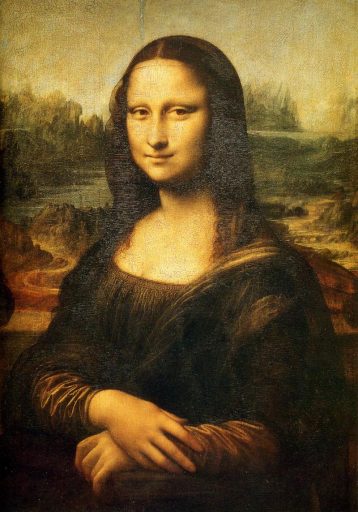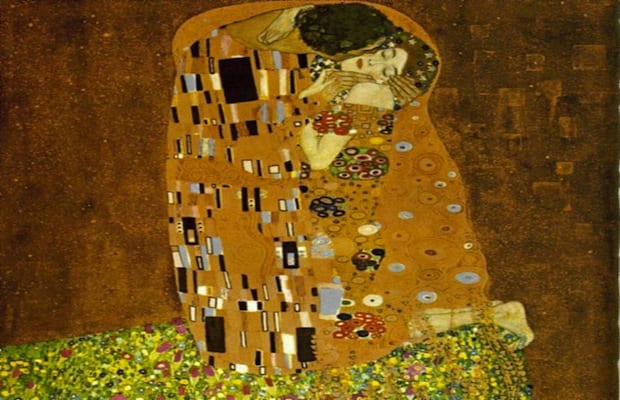Artwork that I admire

Title: The Monalisa
Artist: Leonardo Da Vinci
Medium: Ink Painting
Location: The Louvre museum (France since 1797)
This is one of the greatest drawings made by a scientist cum painter who relied on his daily life and settings to make impact. The Monalisa describes the Period of painting that existed between 1400 and1700; these kinds of paintings were familiar with the summarization of complex texts or ideas into a simple painting representing so much information.
The paintings combined skill and brought out some realism through the oil used, and one can marvel at the work being made at this time, as they captured much. These paintings, in one or the other, inculcated the use of landscapes. These landscapes were used to depict what was going on at that time. Like in this, Monalisa was drawn and bared a close resemblance with the Virgin Mary, and sometimes in history, it was called the Madonna. The Lady here represents real womanhood and calm posture, and her eyes are fixed on someone in that barren land. The folding of hands is associated with masculinity, but her doing so shows how confident she is in her escapades. This painting has every detail that one could like, and it has survived for more than 500 years up to now; it has not lost its originality, and one can accurately spot the difference from a fake one. This is because when you use direct vision, the smile on her face is not there, and the next you look the other way, the smile comes up.
Hence with its realistic nature, it’s one of the best paintings that I love from Da Vinci’s collection. Not even one of the foetus can convince me.
The information about the Monalisa can be found at the website of the Louvre museum and www.visual-arts-cork.com.
The painting I dislike
Title: The kiss (1908)
Artist: Gustav Klimt
Medium: Oil Painting with gold leaf touch
Location: Österreichische Gallery Belvedere museum in the Belvedere palace, Vienna
This is a classical representation of the 19th-century painting as it includes Romanticism and is not a historical painting like those from the realism era.
The paintings of the 19th century started leaning more towards drama and poetical interpretations. These paintings mostly depicted love and telling stories through them. The 19th-century paintings also had this familiar use of models/beings rather than just coming up with an idea from limbo. In this era, painters never concentrated on historical drawing but also had clients who requested the paintings to keep as souvenirs. This can be seen when workers are regarded as heroes by one Honore Daumier; this was one way to create interest amongst people. Emotions were the core guide in the creation of the oil paintings, which could be adorned by extra engravings as desired by the artist in that time; they wanted to touch and connect well and still be relevant with their works in this era.
Even with its adorable gold leaf engravings, the painting does not clearly communicate what it’s supposed to. In the painting, the man’s face is bent towards giving the lady a cheek kiss while her hand is around his neck and the other on his robe with her eyes closed. The lady communicates unwillingness and anxiety instead of passion and love while wrapped in the same garment to experience their moments. Hence the unclear details on the image by Klimt disapproves of its goodness as the lady is disinterested in the act, which is not good in a relationship.
The image can be more pleasing if the lady’s gesture/details are corrected and her passion is expressed well.
More information on the painting was taken from “thesquirrelreview.com”






